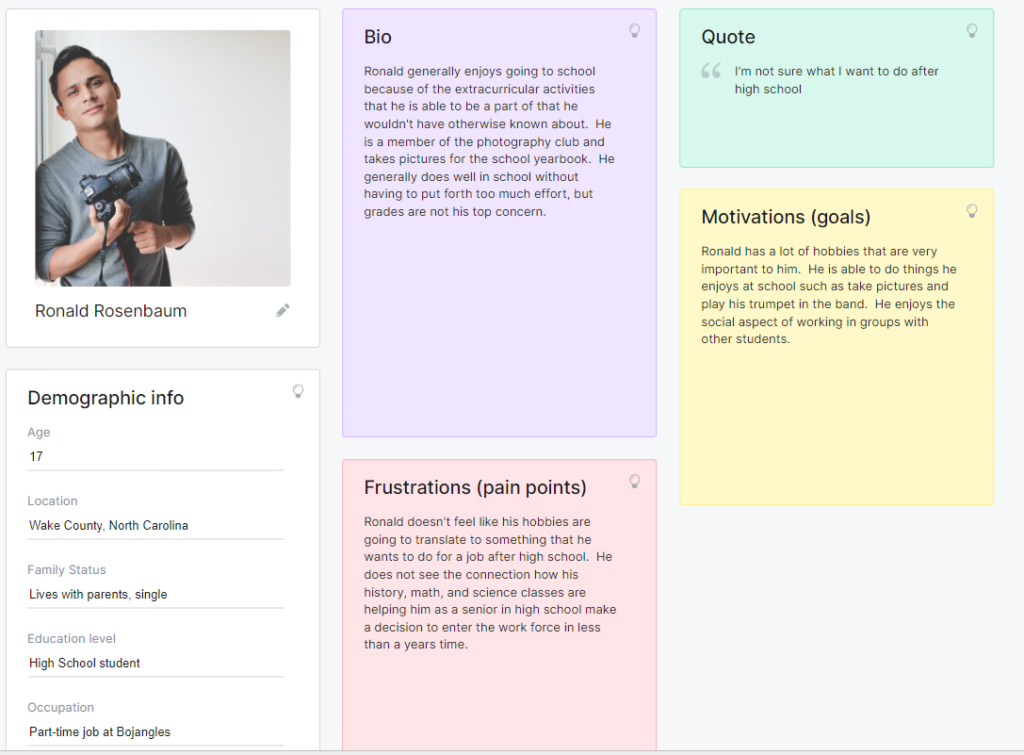Wicked Problem:
The public education system often operates as a top-down bureaucracy, with educational policies being developed with minimal input from those at the grassroots level: teachers and students. Schools are required to conduct annual tests, and if they fail to meet specific benchmarks, they may face closure or restructuring. However, these tests tend to contradict established research on assessing achievement and learning.
A myriad of new initiatives is constantly introduced, along with checkboxes to tick. While these efforts may be well-intentioned, they often lack crucial insights and guidance from the very people they aim to serve. It is important to remember that the needs and circumstances of each school, group of individuals, or teacher and student may vary significantly.
Define Process:
In order to tackle this wicked problem, my first step was to identify measurable challenges by delving into the perspectives of the stakeholders most affected by the issue. Drawing from my own experience as a public school teacher, I selected three major stakeholders whose opinions and feelings I could reliably generalize. By crafting user personas (linked below), I found it easier to conceptualize the specific challenges faced by each stakeholder, setting the stage for targeted ideation.
User personas are a valuable tool in the design process, as they represent the archetypal users or stakeholders whose needs and preferences the solution must address. By creating these personas, designers can keep the users’ perspectives at the forefront of their minds throughout the design process. This helps ensure that the proposed solutions remain user-centric and tailored to the real-world experiences of the people they are intended to serve.
In this case, the user personas played a pivotal role in informing the ideation phase. By understanding the stakeholders’ needs and pain points through these personas, I was able to generate ideas and potential solutions that directly addressed their concerns. These personas served as a valuable reference throughout the ideation process, ensuring that the proposed solutions remained grounded in the real-world experiences of the stakeholders.
Although I didn’t directly involve the stakeholders in the design process, my decade of experience in education allowed me to accurately replicate their perspectives based on the things I see and experience every day.
Stay tuned for my future posts where I’ll delve deeper into the ideation and refinement stages, showcasing how the design thinking process unfolds and how user feedback will be incorporated to shape the final outcome


